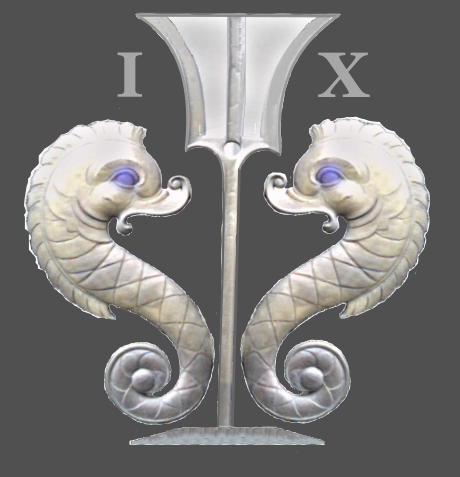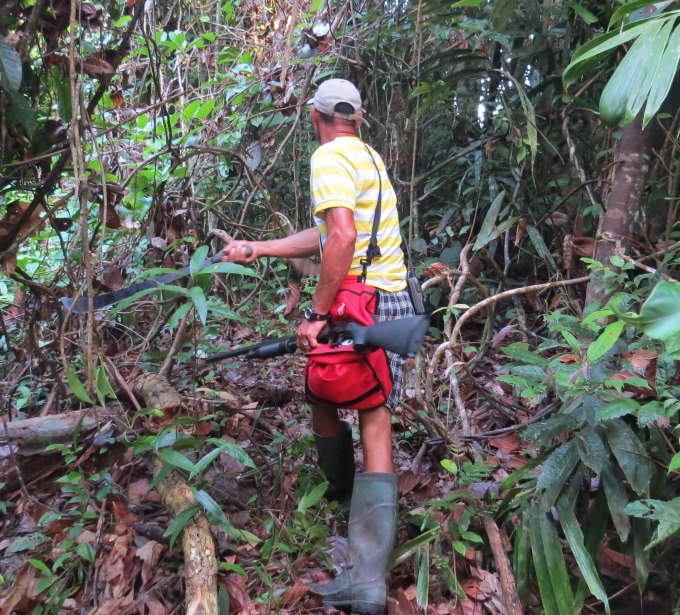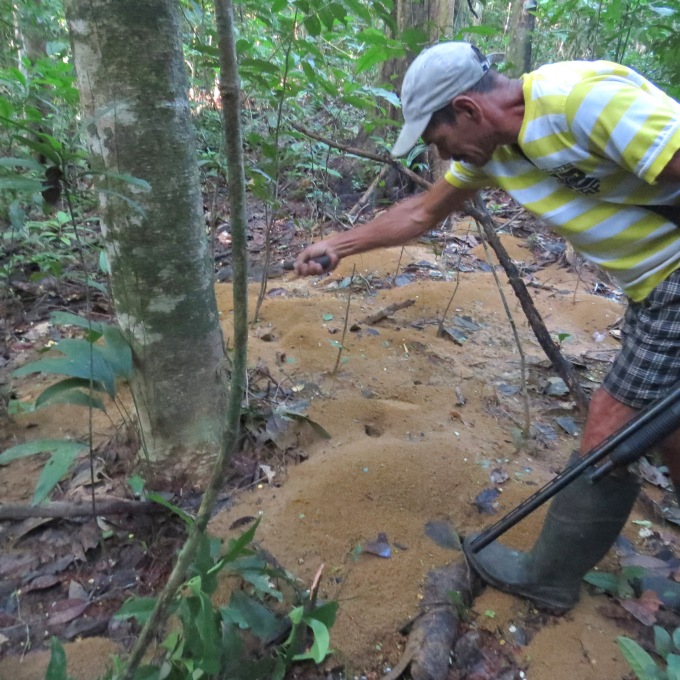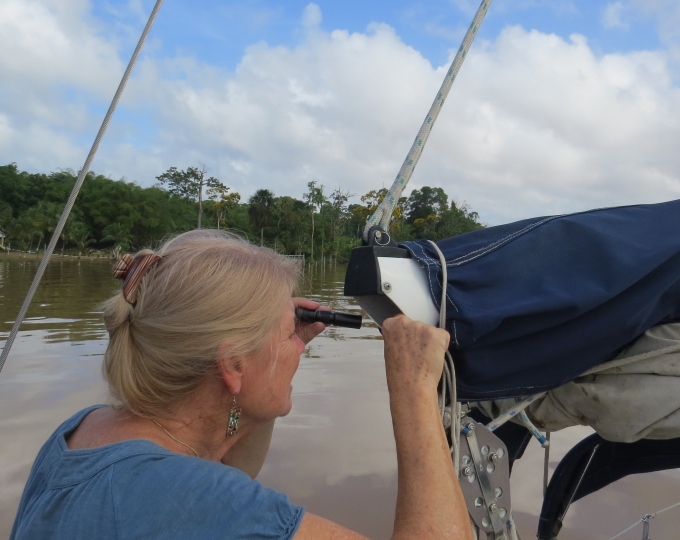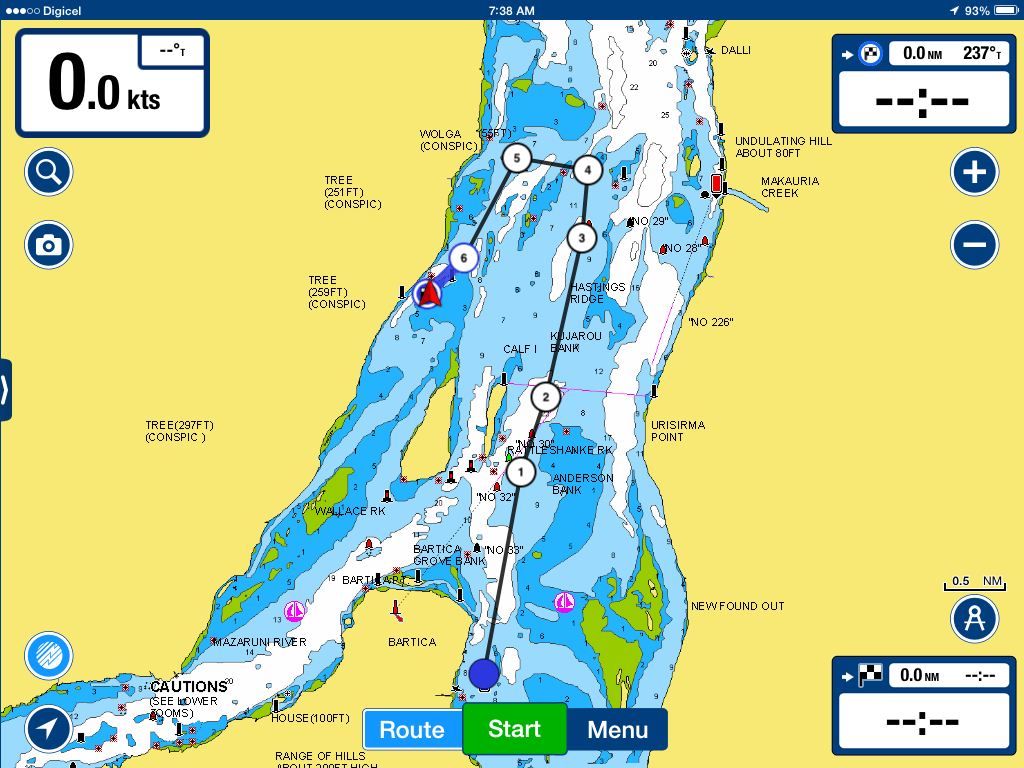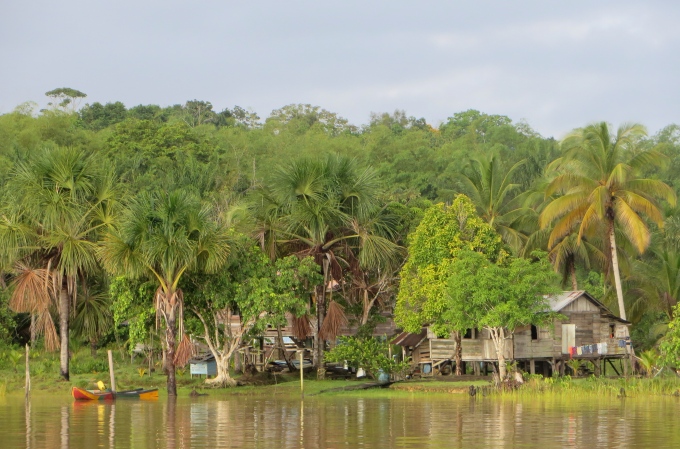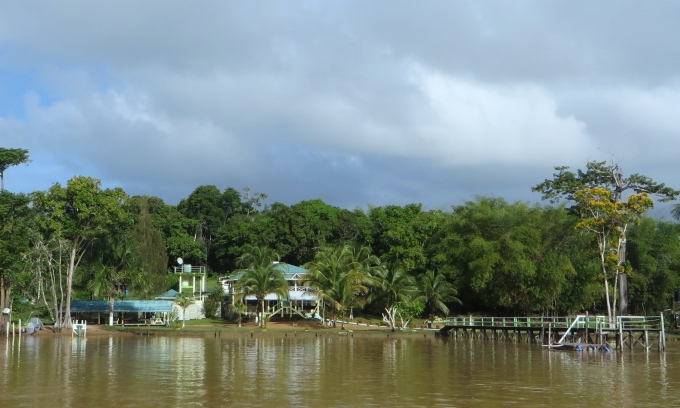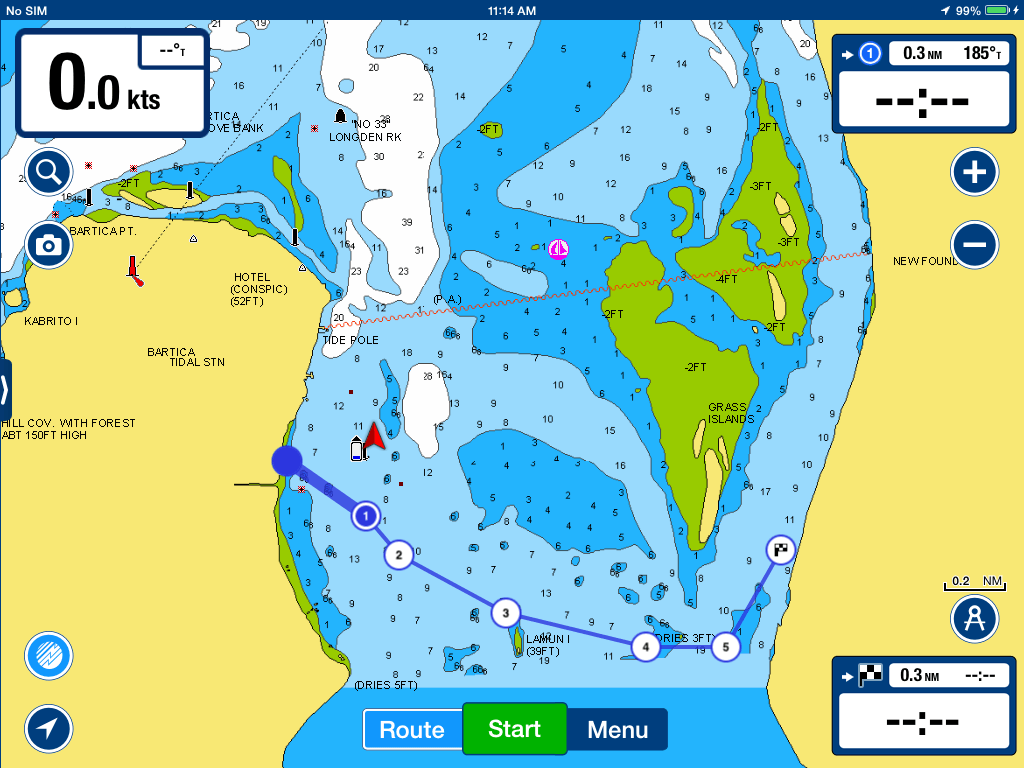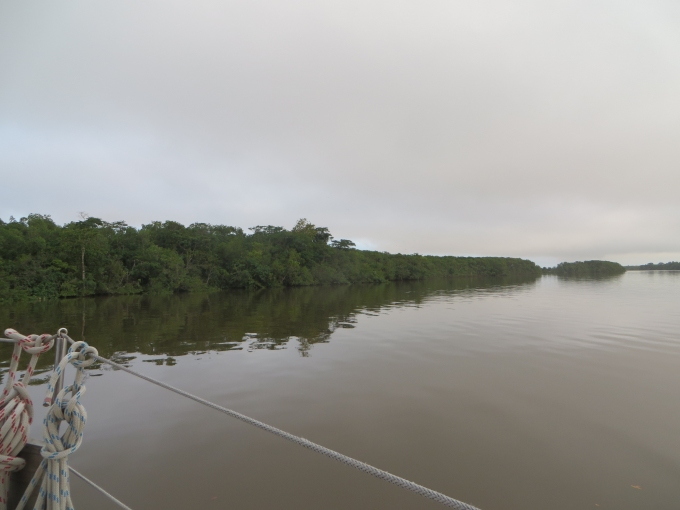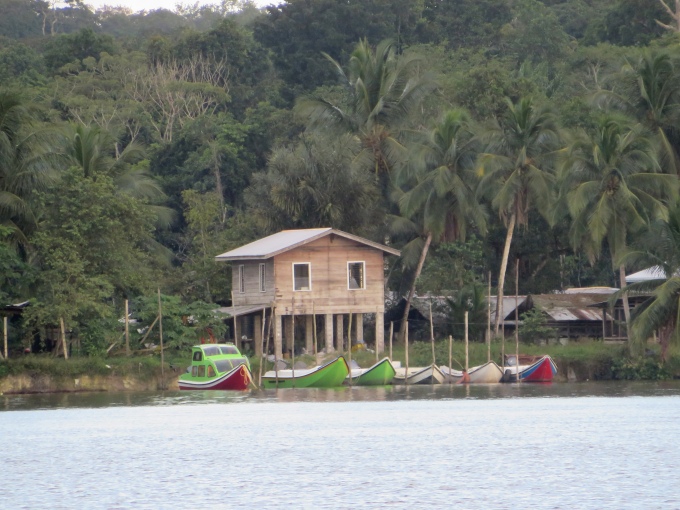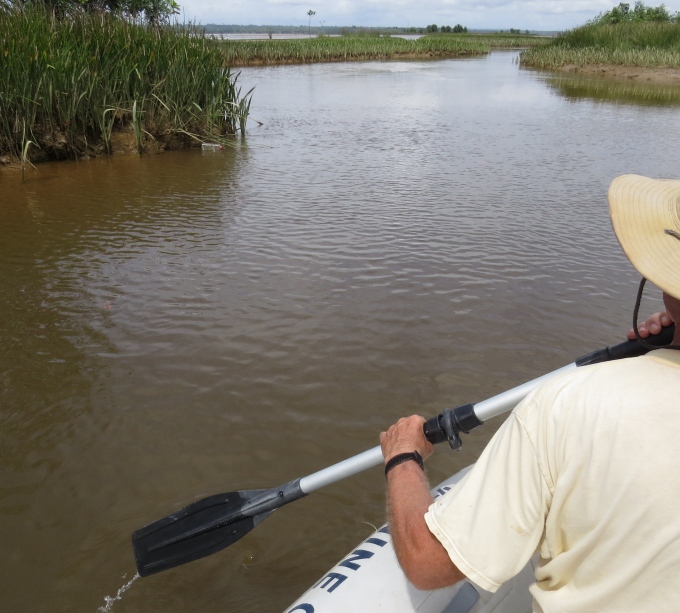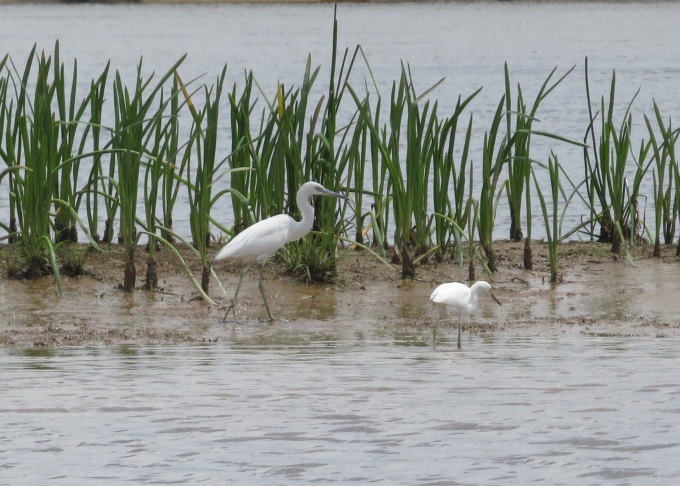A Morning Jungle Walk at Hurakabra
/From our anchorage, we can hear the morning chatter of birds and monkeys ashore at Hurakabra. Mike offered to take us on a morning jungle walk and we were only too happy to take advantage of his offer. Along with the Crazy Diamond crew, we clamored ashore at 0630 where Mike, armed with a machete and a shotgun was waiting for us. There might be jaguars!
We walked through a grove of bamboo, then thick, jungle foliage took over. Mike was very knowledgeable about flora, but had little opportunity to show off his fauna expertise. He pointed out monkey vines and monkey ladders, but we saw nary a monkey (spider monkeys and capuchins inhabit the area).
Some of the vines looked very much like snakes and I worried that the opposite was also true.
Though Hurakabra touts 178 known species of birds on its 22 acres, we saw few. We heard lots of them, but the only ones we saw flitted high above in the canopy, unrecognizable. The high humidity and heavy morning dew made the thick layer of leaves on the path a bit slippery. The trail is well marked and Mike hacked at new growth as he lead the way. Mike assured us not to worry ... just sitting on the veranda, we'd spot lots of birds.
We trekked along and trekked along at a leisurely, enjoyable pace. Despite the lack of fauna, it was pleasant to be out and about so early in the day walking in the rain forest. Brightly colored butterflies fluttered past including several gorgeous, iridescent blue morphos. Barry stopped for moment to look at at a plant and a butterfly (or is it a moth?) landed on his boot. We made him keep perfectly still, so we could photograph it.
Then Ryan, another accompanying guide, spotted a bright red spider. Despite the fact I hate spiders, this spider was particularly beautiful and quite industrious. It's easier to be brave on the end of a telephoto lens.
Mike pointed out an acushi ant hill … huge!
Brightly colored lizards crossed our path, but thankfully, no snakes.
Mountain roses provided bright contrast to the green of the forest.
Mushrooms and fungi, lots of different varieties we didn't recognize, grew profusely in the rich soil and humid conditions.
We walked for two hours, then retraced our steps in an hour, covering about 10km (6 miles) total … not a bad morning walk. On our return to Cups, it appeared there's also a bit of jungle going on aboard … beyond the errant frog that David found in the saloon and the bat that whizzed through a couple of weeks ago. The welcome swallows (aka white-winged swallows) have overstayed their welcome and become a nuisance. They flit and dart around over the aft deck regularly now and sometimes through the cockpit. They're always on the bow or the lifelines or sunning themselves on the solar panels leaving a tiny trail of bird poop in their wake.
They're cute, delightful little creatures, but they've become a bit too cheeky. I watched one land on the solar panels the other day with a twig in its mouth. Oh-oh …
David suggested checking the end of the boom and sure enough, there was the start of a nest. I removed the detritus … twigs and leave parts ... and we stuffed a rag into the end of the boom. After having egrets, bats, and frogs aboard, we've determined that visiting is one thing...moving in is quite another.
We'll keep that in mind when we visit with our relatives in the States!
